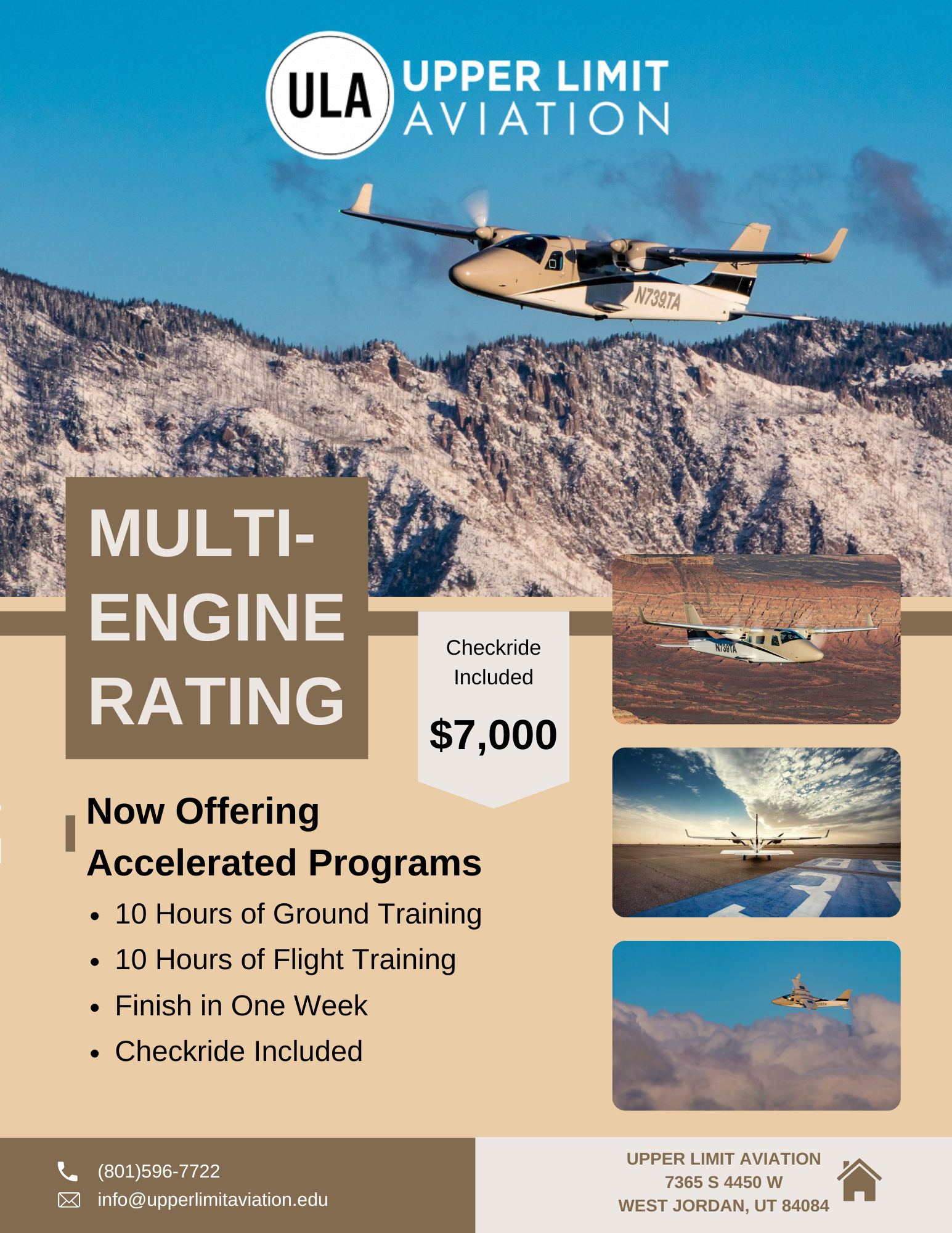Un-Learning as You’re Learning How to Fly Airplanes
Shawn Arena Okay, you have checked another box in your journey to earning your private pilot certificate. You and your instructor have set up a ground training schedule and an aircraft has been selected for your training. The next logical step then arrives, as you ask yourself, “So, HOW do I fly airplanes?” I’ll now […]
Flying Airplanes: How Can Something so Disciplined Be so Romantic?
If everyone in the world could fly an airplane it wouldn’t be special and because of this flying airplanes requires initiative and effort but it’s rewarded with exhilaration. Vern Weiss You’ve just touched down at your destination airport. For the last ten minutes, your passenger has been scanning the ground and unsuccessfully looking for something […]

